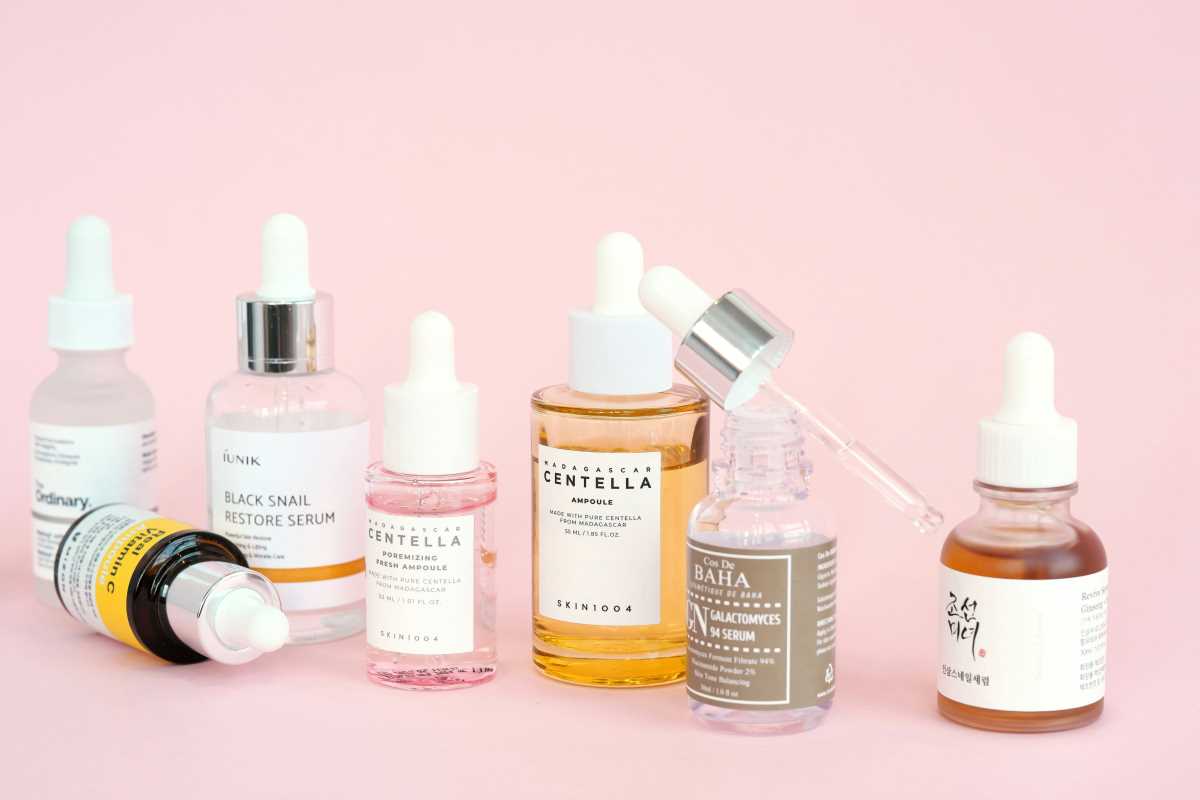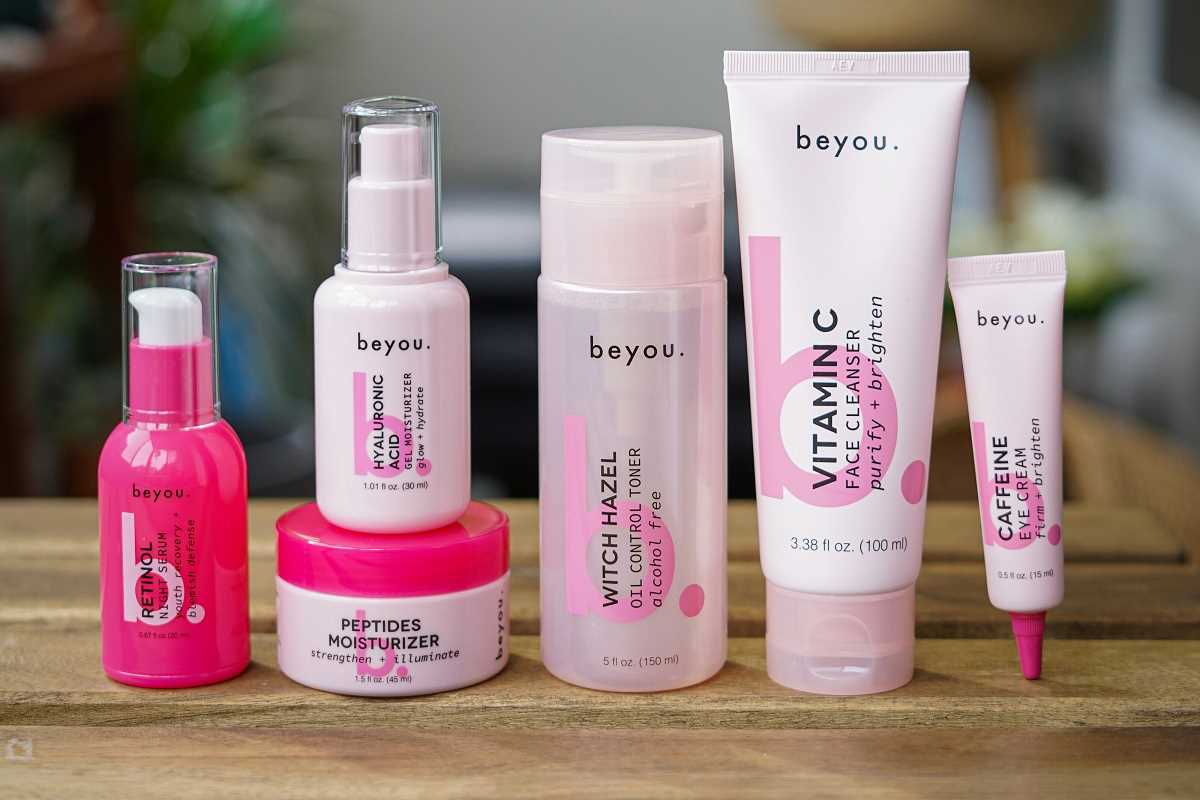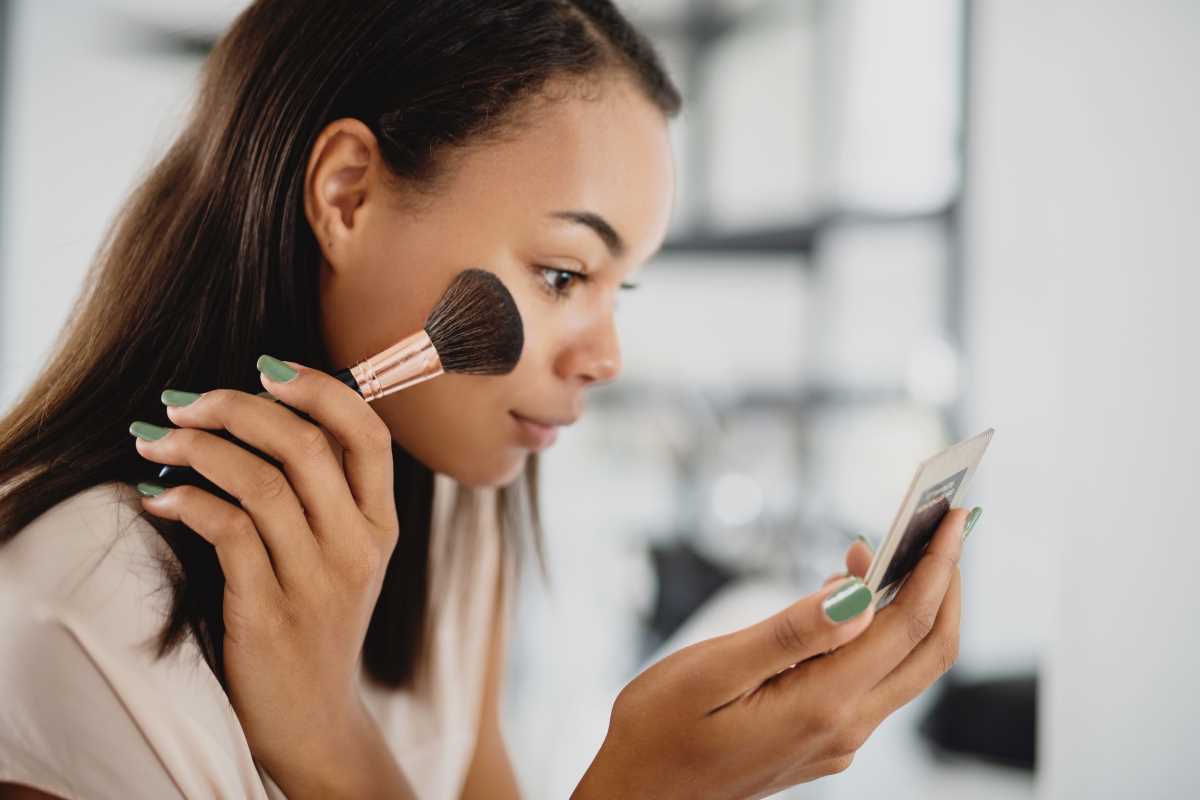If your skincare routine feels like it's missing something, it might be time to go beyond moisturizer. While moisturizers are wonderful for hydration, they’re not always enough when it comes to repairing your skin's barrier. Think of your skin barrier as a protective shield. When it’s damaged, you may notice dryness, irritation, or even more visible signs of aging. Luckily, there are other products like serums, balms, and oils that can work alongside moisturizers to restore and strengthen your skin. These powerful treatments aren’t as complicated as they might seem, and in this guide, we’ll break down how they work, why they matter, and how to pick the right ones for your needs.
Understanding Your Skin Barrier
Before we get into the magic of serums, balms, and oils, you might be wondering what exactly the skin barrier is. Picture your skin as a brick wall. The cells (bricks) are held together by fats and lipids (mortar). Together, they block out harmful elements like bacteria and pollution while locking in hydration. But over time, this wall can weaken due to things like harsh skincare products, sun exposure, or even stress. When that happens, your skin becomes more prone to dryness, redness, and sensitivity.
The good news is that with the right approach, you can repair your skin barrier. Moisturizer is a great first step, but adding targeted treatments can make a huge difference. Let’s take a closer look at serums, balms, and oils to see how they fit into the picture.
How Serums Help Your Skin
If moisturizers are your foundation, think of serums as the upgrades. Serums are lightweight treatments packed with high concentrations of active ingredients. They sink deeper into the skin than a moisturizer can, making them great for delivering targeted benefits. For barrier repair, look for serums containing ingredients like niacinamide, hyaluronic acid, or ceramides.
- Niacinamide helps with redness and strengthens the barrier, while also boosting hydration.
- Hyaluronic acid attracts water to your skin, keeping it plump and hydrated.
- Ceramides are like the glue that holds your skin cells together, which is essential for a healthy barrier.
Pro Tip: Apply your serum before your moisturizer to make sure it’s fully absorbed. For extra soothing benefits, try one with a lightweight, gel-like texture so it doesn’t feel heavy on the skin.
A great option to consider is a ceramide-rich serum, like CeraVe Hydrating Hyaluronic Acid Serum. It’s designed to restore your skin barrier and keep dryness at bay.
Why Balms Are a Secret Weapon
If you’ve never tried a skincare balm, you’re in for a treat. Balms are thick, almost ointment-like products that create a physical barrier on the skin. They’re especially useful for sealing in moisture and protecting dry, cracked areas. Balms tend to have fewer ingredients, which is a bonus if your skin is feeling sensitive.
When shopping for a balm, look for ingredients like shea butter, beeswax, or lanolin. These create a breathable layer over your skin, helping it heal without feeling greasy. Balms can be especially useful in colder months or after spending time in harsh conditions, like windy weather.
One all-time favorite is Aquaphor Healing Ointment. It’s affordable, versatile, and gentle enough even for sensitive skin. Dab a small amount onto areas prone to dryness, like around your nose or your cheeks, and you’ll notice they feel softer and soothed in no time.
Pro Tip: Some balms double as lip treatments, so don’t shy away from using them on chapped lips!
The Power of Facial Oils
Oils might seem intimidating at first, especially if you’re nervous about clogging pores. But don’t worry—not all oils are created equal! Many facial oils are designed to be lightweight yet incredibly nourishing. They’re packed with fatty acids, vitamins, and antioxidants, which help repair the skin barrier while reducing inflammation.
Facial oils are fantastic for locking in hydration and delivering a boost of nutrients. Look for ones that contain gentle, skin-loving oils like jojoba, rosehip, or squalane. These help to nourish without feeling greasy. For extra barrier support, some oils even contain omega fatty acids, which are perfect for replenishing lost moisture.
Pro Tip: You don’t need much! Just add a few drops of oil at the end of your routine, after your moisturizer. This helps seal everything in and gives your skin an extra layer of protection.
For a good beginner oil, consider trying The Ordinary’s 100% Organic Cold-Pressed Rosehip Oil. It’s budget-friendly and packed with vitamins that can help reduce redness and hydrate dry skin.
Putting It All Together
Adding serums, balms, and oils to your routine doesn’t mean tossing out your moisturizer entirely. Instead, these products are meant to work together to meet your skin’s needs. Here’s how you can layer them for the best results:
- Start Clean: Wash your face with a gentle, hydrating cleanser to avoid further irritation.
- Apply Serum: Pick a serum that focuses on barrier repair and apply it to clean, damp skin.
- Layer Moisturizer: Use your go-to moisturizer to lock in the serum’s benefits.
- Add Oil (Optional): Pat a few drops of facial oil over your moisturizer to seal in hydration.
- Spot-Treat with Balm: Finish by applying balm to any dry or sensitive areas for an extra protective layer.
If this sounds like a lot, don’t worry. You can start by adding just one product to your current routine. Over time, you’ll find what works best for you.
Try experimenting with the tips and products mentioned above, and don’t forget to listen to your skin. With a little patience and the right routine, you’ll be on your way to smoother, happier skin in no time.
 (Image via
(Image via





